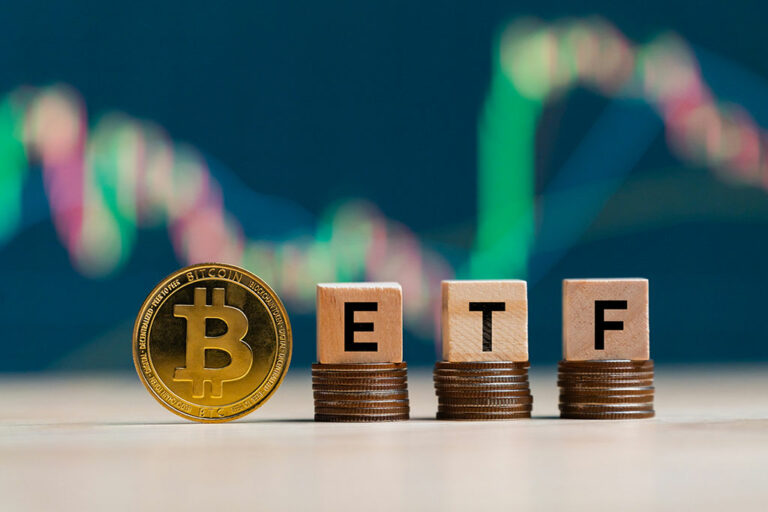As the second largest Bitcoin ETF, BlackRock’s IBIT closes the gap on Grayscale’s GBTC.
In a surprising event, BlackRock’s iShares Bitcoin Trust (IBIT), a spot Bitcoin exchange-traded fund (ETF), went past the 200,000 BTC mark, indicating a significant milestone within just two months of its market debut. As the crypto market continues to watch the battle of Bitcoin ETFs, IBIT’s success is grabbing everyone’s attention.
Since its introduction on the Nasdaq on January 11th, IBIT has rapidly become a powerhouse in the crypto ETF space, amassing more than $14.5 billion in assets under management (AUM). What sets IBIT apart is its passive approach, with all its shares fully and exclusively collateralized in Bitcoin. This strategy made IBIT the second-largest Bitcoin ETF globally by AUM, following closely behind Grayscale’s Bitcoin Trust (GBTC).
Daily Trading Volumes Rise
One of the most noteworthy aspects of IBIT’s success lies in its daily trading volumes, consistently outperforming its competitors. The ETF’s market debut saw over $1 billion in trading volumes, and after February 28th, it exceeded the $3 billion level more than five times. Yesterday, BlackRock’s IBIT set a new record and nearly hit $4 billion daily trading volume.
According to SoSoValue data, on March 12, the total net inflow into Bitcoin spot ETFs reached $1.05 billion, setting a new record for the highest single-day net inflow since the first trading day of the ETF, representing an increase of approximately 56% compared to the net inflow of $673 million on February 28.
It’s also worth mentioning the rising inflows on the Bitcoin network, as they just reached more than $2B per day. The same levels occurred during the 2021 bullrun. The ETFs opened the floodgates for more capital to enter the crypto market and spike this trend.
While GBTC has long been the dominant force among Bitcoin funds, IBIT is emerging as a strong competitor. With over 200,000 BTC, it has strategically positioned itself to challenge GBTC. Despite GBTC’s impressive BTC holdings, capital may shift from GBTC to newer, more efficient ETFs like IBIT.
Fidelity’s Bitcoin ETF (FBTC), holding 127,000 BTC, is another player in the mix. FBTC and IBIT’s holdings, put together, are closing in on GBTC’s total, signaling a potential shift in the balance of power among major Bitcoin ETFs.
The Global ETF Landscape
Globally, ETFs and similar funds now hold a staggering 964,000 BTC, with IBIT, GBTC, and FBTC accounting for nearly three-quarters of this total. This concentration proves that these funds are bringing mainstream capital into the crypto market.
Active funds are also beginning to recognize the potential of spot Bitcoin ETFs. Patient Capital Management has announced plans to invest up to 15% of its $1.4 billion Opportunity Trust in spot Bitcoin ETFs and diversify its holdings.
BlackRock’s IBIT is not merely an ETF, it’s a force reshaping the narrative of crypto investments. As it continues to break records and challenge established players, the spotlight is on the evolving dynamics of the crypto ETF market. Investors and industry enthusiasts are excited to see how IBIT’s success influences the adoption of spot Bitcoin ETFs and reshapes the future of crypto.
next